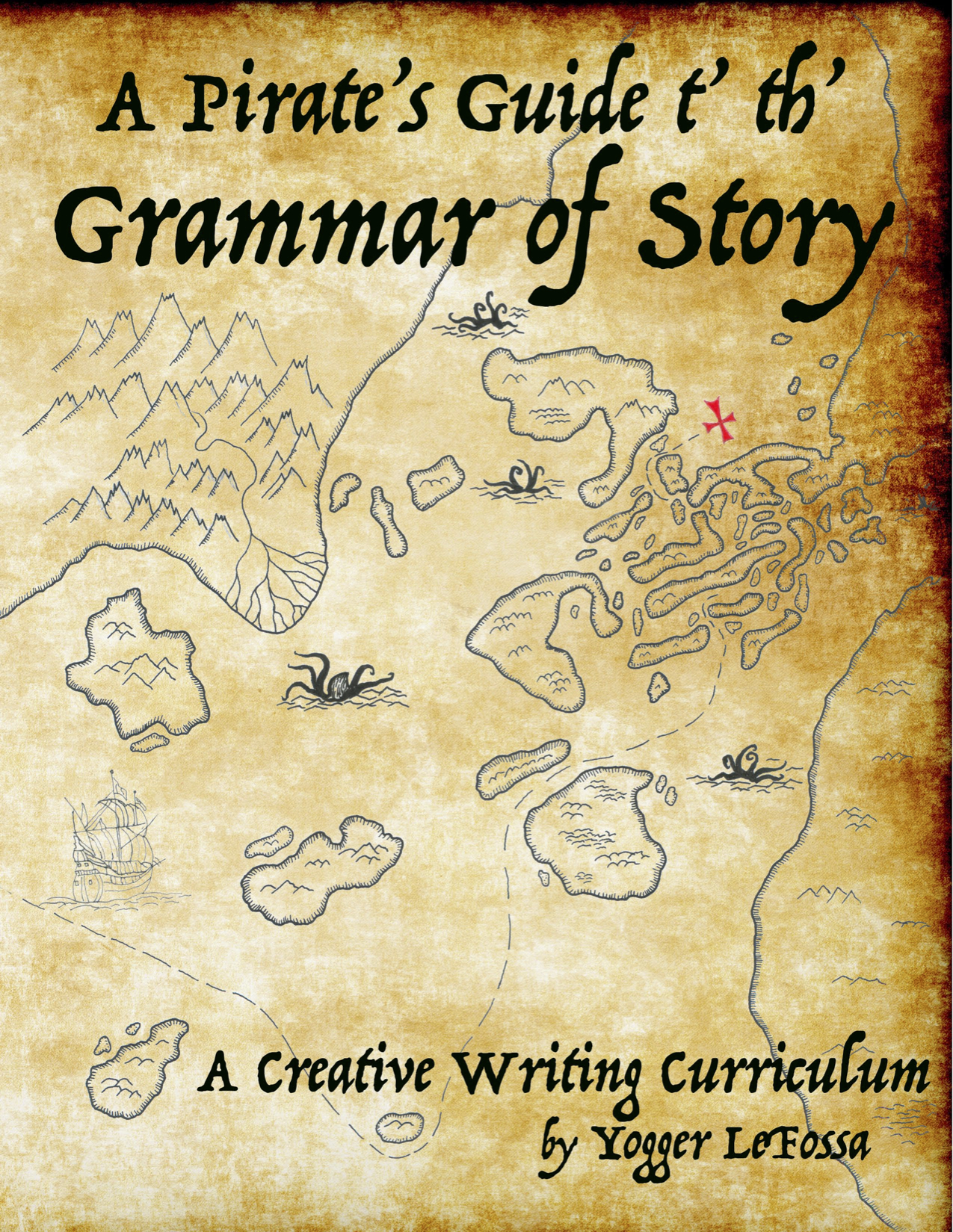How to :: A Guide to using the Guide :: Raise the Anchor and Set Sail
Throughout PGGS, you’ll find 8 sections called “Raise the Anchor and Set Sail.”
This means it’s time for your student to write a story of their own! In the first of these, we walk your student through it from start to finish, even providing an example of a short story that we created based on the work we did in the previous exercises. So we encourage your student to go back to their mindstorming work from the previous exercises, asking themselves some easy questions - does anything stand out? Is something interesting? What are the things you liked? They should flip back through their exercises (as far back as they want to go), and could even highlight or circle those things that interested them most. Then they should start to put those together. Encourage their curiosity. As the workbook demonstrates in our example, our curiosity can take a simple mindstorming exercise and take it to a brand new place, like this:
In the exercise, I did a mindstorm about “things monkeys throw.” I said: bananas, bean bags, water balloons, bagels, barbecues, Bunsen burners, bowling balls, and broccoli. Then I asked myself the question, “I wonder who they are throwing these things at?” The first thing that came to mind “other monkeys in a parade.” Then I thought of a character, Monkey Mary. Then I wondered what she wanted. …
As you can see, WONDERing is a big part of storytelling. I wonder who’s doing this? I wonder why? I wonder who else is there? I wonder what would happen if? Encourage your student to wonder about some of the things they mindstormed. You can model this for them as they are getting started, but let them make it their own.
Now, if they are feeling hesitant to write, that’s perfectly normal. As we encourage them in the exercise, there is no right or wrong way to tell their story, especially not at this stage. They shouldn’t worry about whether or not it is good or bad (whoever thought sticking “good” and “bad” stickers on stories ought to be eaten by a kraken, so be careful that you as a parent/teacher don’t do this!). They should simply write whatever comes out of them, as it happens. They are learning and growing and trying things out. Encourage them to give a good effort, without judgement or grading. If you must assess the work, focus on their attitude and willingness, and respond with interest and encouragement, not praise.
That’s all there is to it. As the workbook progresses, they will have more and more material to draw from, and their openness to telling their stories will hopefully grow and flourish.
